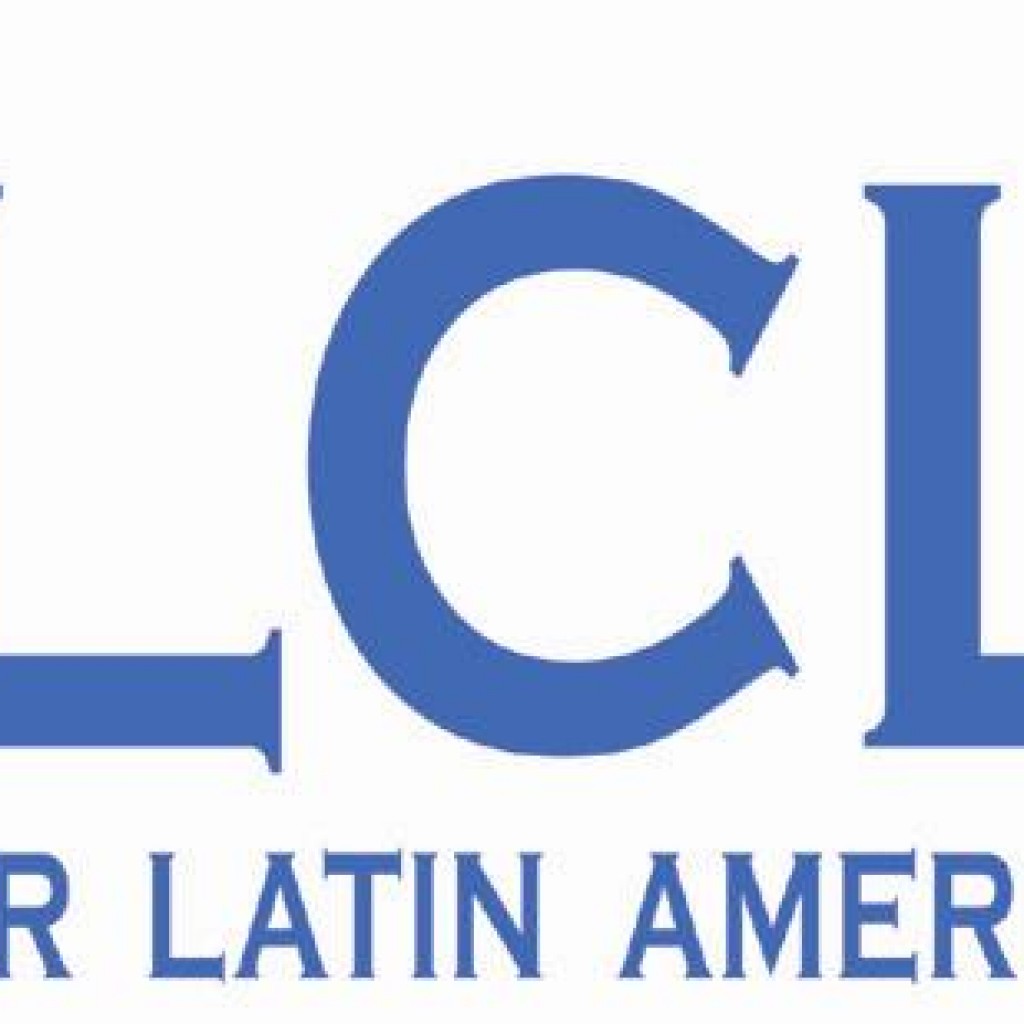
The Labor Council for Latin American Advancement (LCLAA) said today that they will be launching a national campaign aimed at educating Latinos on the importance of voting in Florida, Colorado, and Texas.
“The Latino community is growing rapidly in the U.S., both in population and in our contribution to the economic and social life of this nation,” said Hector Sanchez, executive director of LCLAA. “Our voters are eager to find candidates who take them seriously and are ready to invest in the economy, improve our schools and immigration system, and defend our rights.”
The four-decades-old national organization is affiliated with the AFL-CIO, and represents the interests of approximately 2 million Latino trade unionists throughout the U.S. and Puerto Rico.
Although often hailed as the fastest growing voting bloc in America, it’s also well-known that eligible Hispanics are also less likely to vote than other Americans. The New York Times’ Nate Cohn wrote last year that a big part of that reason are demographics.
“Hispanics are younger than other Americans, and voters of all racial and ethnic backgrounds become significantly more likely to vote as they age,” Cohn wrote. “In 2012, the turnout rate for potential Hispanic voters was 48 percent, compared with 66.2 percent among blacks and 64.1 percent for whites. The lower Hispanic turnout rate is not as significant a factor as eligibility and geography, but it does further reduce the Hispanic share of the electorate, especially in midterm elections.”
Latinos will make up 13 percent of all eligible voters in 2016, a 2 percent increase from 2012. In Florida, the share of eligible Latino voters is expected to increase from 17 percent to 20 percent in 2016. In Nevada, projections are that the Latino vote will increase from 16 to nearly 19 percent in 2016.
Latinos will make up 13 percent of all eligible voters in 2016, a 2 percent increase from 2012. And the numbers are much higher in some states. In Florida, for example, the share of eligible voters who are Latino will increase from 17.1 percent in 2012 to 20.2 percent in 2016. In Nevada, the 2012 to 2016 Latino eligible voter increase is 15.9 percent to 18.8 percent. Projections show that eligible Latino voters could reach 28.5 million nationwide in 2016.
Officials with the Labor Council for Latin American Advancement were not available for comment on the extent of their national education campaign.


